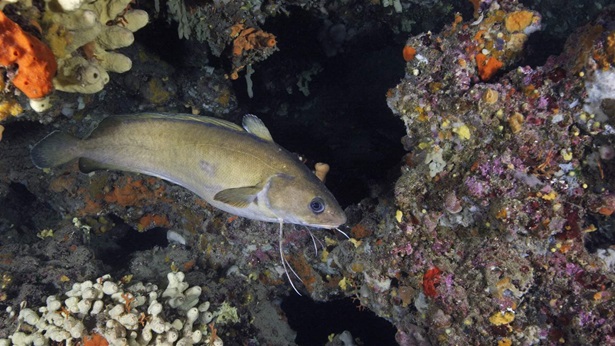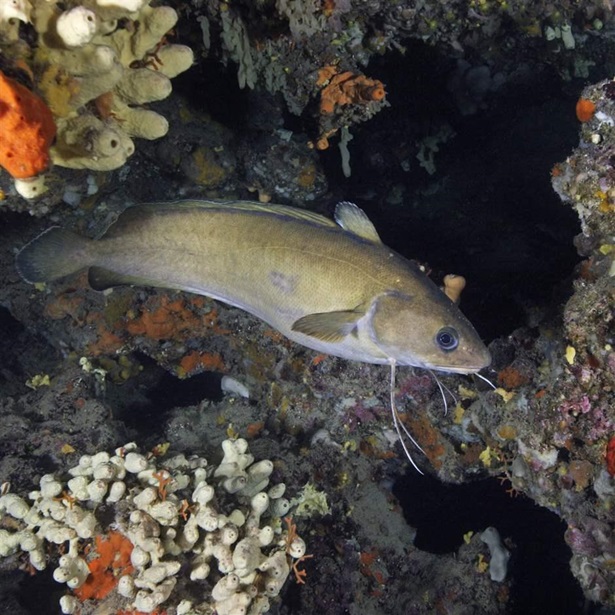Is the EU Ending Overfishing, as It Promised to Do?
Despite notable progress, fisheries ministers have work ahead of them, expert says
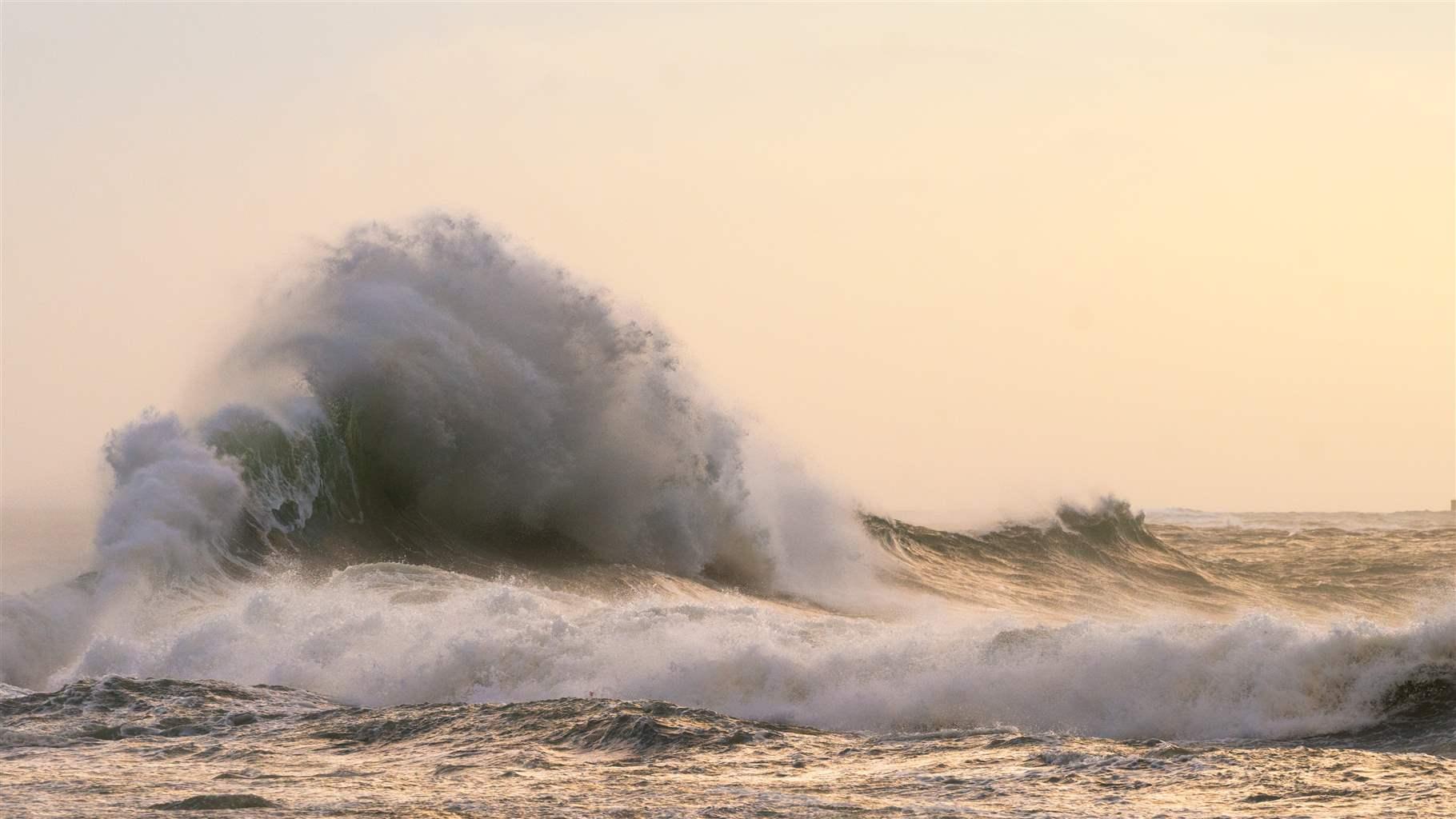
The 2013 reform of the European Union’s overarching fishing law, the Common Fisheries Policy (CFP), included a major improvement: It based the setting of fishing limits on achieving the maximum sustainable yield (MSY)—the highest level at which a natural resource can be routinely exploited without long-term depletion. Policymakers made this change in order to achieve the objective of progressively restoring and maintaining populations of fish stocks above levels that are sustainable over the long term, instead of simply aiming to prevent stocks from collapsing, as was previously the case.
Five years after the CFP reform, The Pew Charitable Trusts asked two fisheries scientists about how the EU is implementing MSY limits and how fishing nations are working to meet them. Our first conversation, between Jean-Christophe Vandevelde, who works on Pew’s efforts to end overfishing in North-Western Europe, and Philippe Cury, award-winning scientist and author, and senior scientist at Institut de Recherche pour le Développement, whose Q&A is here.
Vandevelde’s second conversation was with Didier Gascuel, professor of fisheries science and head of the Fisheries and Aquatic Sciences Department at AgroCampus Ouest in Rennes, France. His research focuses on the development of ecosystem models and implementation of the ecosystem approach to fisheries management. Gascuel has been especially involved in programs assessing the impacts of fishing on ecosystems off West Africa and Europe. He also works on evaluating the efficiency of marine protected areas.
This exchange was conducted via email in French and later translated into English.
Vandevelde: The CFP defines the limit of fishing mortality in terms of MSY and aims to restore all stocks to above the levels that can produce that yield. What’s your view on these objectives?
Gascuel: The introduction of MSY management is undeniable progress. Previously, the CFP was based on a management standard which led to extremely low abundance levels of large European stocks, in the order of 10 to 20 percent of what those stocks would have been in the absence of any exploitation. Using MSY should help those stocks recover to around 30 to 40 percent of unexploited levels. The change is therefore considerable and should lead to a real rebuilding of overexploited stocks. In particular, the reduction of fishing mortality should increase the abundance of old and large fish, which represent high biomasses [the estimated weight of the stock in terms of the total or the spawning (adult) component of the population] and help ensure the stability of the ecosystem.
Yet EU fisheries managers can still do better. By changing the mesh sizes of nets or the minimum landing sizes of fish it is possible to fish more while impacting less. Several studies have shown that for the vast majority of stocks, catches could be maintained or even slightly increased while still leaving 50 to 70 percent of the original abundance in the water. This would require avoiding capturing young fish and allowing them to grow larger before catching them. The impact of humans would then be of the same order of magnitude as that exerted by many wild predators on their prey. Managers should also allot higher quotas to fleets that have demonstrated a low impact on ecosystems.
Q: Are EU member countries meeting the CFP objectives?
A: No. The objectives of the CFP—fishing all stocks at MSY by 2020—will not be achieved, at least not within the deadline. Firstly because, contrary to international commitments, the EU adopted only an obligation of means (managing fishing mortality) and not an obligation of results (rebuilding stocks at levels that produce MSY). In fact, we know that once the fishing pressure is reduced, it will take several years before stocks recover.
Secondly, and especially because the improvements are progressing too slowly, even if they are real and in some cases even spectacular: Over the past 20 years, fishing pressure has been almost halved, with the average proportion of fish caught each year decreasing from 45 to 25 percent, and stock biomass in EU western waters has begun to recover (the abundances have increased by almost 40 percent). This proves that good management pays.
However, these average figures mask very variable situations, and most stocks remain overexploited (the proportion of overfished or depleted stocks has decreased from 90 to 60 percent). In addition, progress seems to have stalled in recent years, as if the political will has weakened. And in the Mediterranean Sea, fisheries management remains totally deficient: No improvement has been observed there.
Q: The EU doesn’t have MSY data for a number of stocks. How can those stocks be managed to meet the CFP’s objectives?
A: Excellent question. The data required to manage stocks at MSY is known for large European stocks that account for three-quarters of the EU catch but only a quarter of the exploited stocks. In other words, the state of many small stocks remains unknown, and it is currently impossible to manage them through MSY despite the fact that all these small stocks can be important for the functioning of the ecosystem and for the conservation of biodiversity.
At a minimum, it is necessary to ensure the maintenance of current abundances and, as much as possible, to estimate past abundances to define states of reference. Of course, it is desirable to collect the data required for managing via MSY, but this will not be possible for all stocks. It will therefore be necessary to define priorities, probably based on ecologically important species whose abundance reflects the overall health of ecosystems.
Q: Even with robust scientific advice and a reformed CFP, EU fisheries ministers often set annual fishing limits higher than the scientific recommendation. What are your thoughts on the reasons for this and the likely consequences?
A: Although the gaps between scientific advice and policy seem to have narrowed in recent years, they persist for many stocks, especially when MSY targets remain unknown. Generally, ministers argue for compromise between the ecological objectives of resources conservation and economic constraints related to the profitability of fishing fleets or employment. Yet in the long run, this argument does not hold. We know that the good health of the stocks is the best guarantee of the profitability of the fisheries and that severe and prolonged overexploitation may be more difficult to reverse due to changes in the ecosystem or species genetics it might cause.
However, it is tempting for politicians to indefinitely postpone decisions that might be unpopular in the short term, even if that means compromising the future. Faced with this situation, scientists should make their results widely public and conservation groups should maintain pressure on policymakers. At the same time, there are some situations where short-term economics can justify taking a gradual course toward better management.
Q: What is sustainable fisheries management?
A: Many people believe that sustainable fisheries management means “Do not fish more than the stock can produce.” But that is insufficient to ensure sustainable fishing and can actually lead to situations of highly depleted stocks that produce little and are thus poorly harvested. Sustainable fisheries management means maximizing the economic, social, and societal utility of the resources we capture while minimizing ecological impacts.
The EU considers that the sustainable management of fisheries means avoiding the overexploitation of each stock, but this vision deserves to be questioned. In the context of climate change, we must now go further and favour the resilience of entire marine ecosystems. The rule of maximum allowable catches needs to be substituted with the permanent minimization of the impacts of fishing, not only on each of the stocks exploited but also on marine habitats, food webs, and biodiversity.


America’s Overdose Crisis
Sign up for our five-email course explaining the overdose crisis in America, the state of treatment access, and ways to improve care
Sign up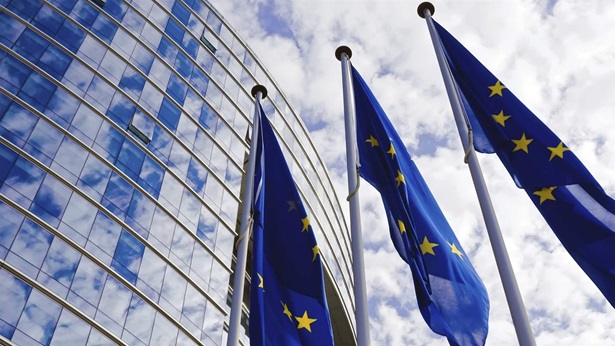
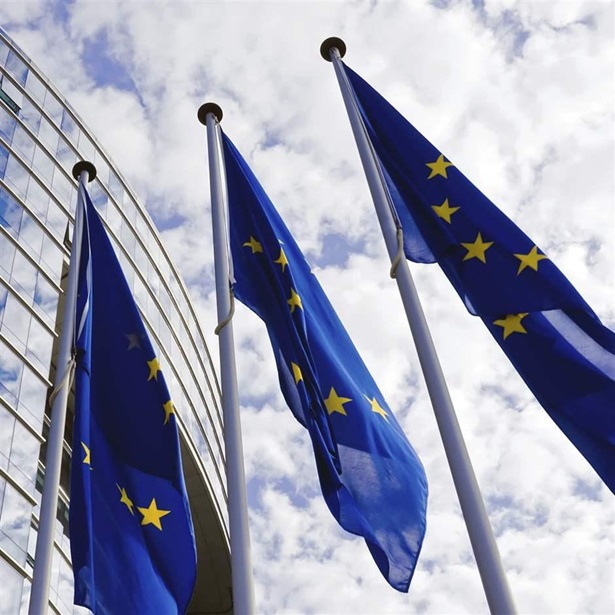
EU Continues to Set Flawed Fishing Limits
